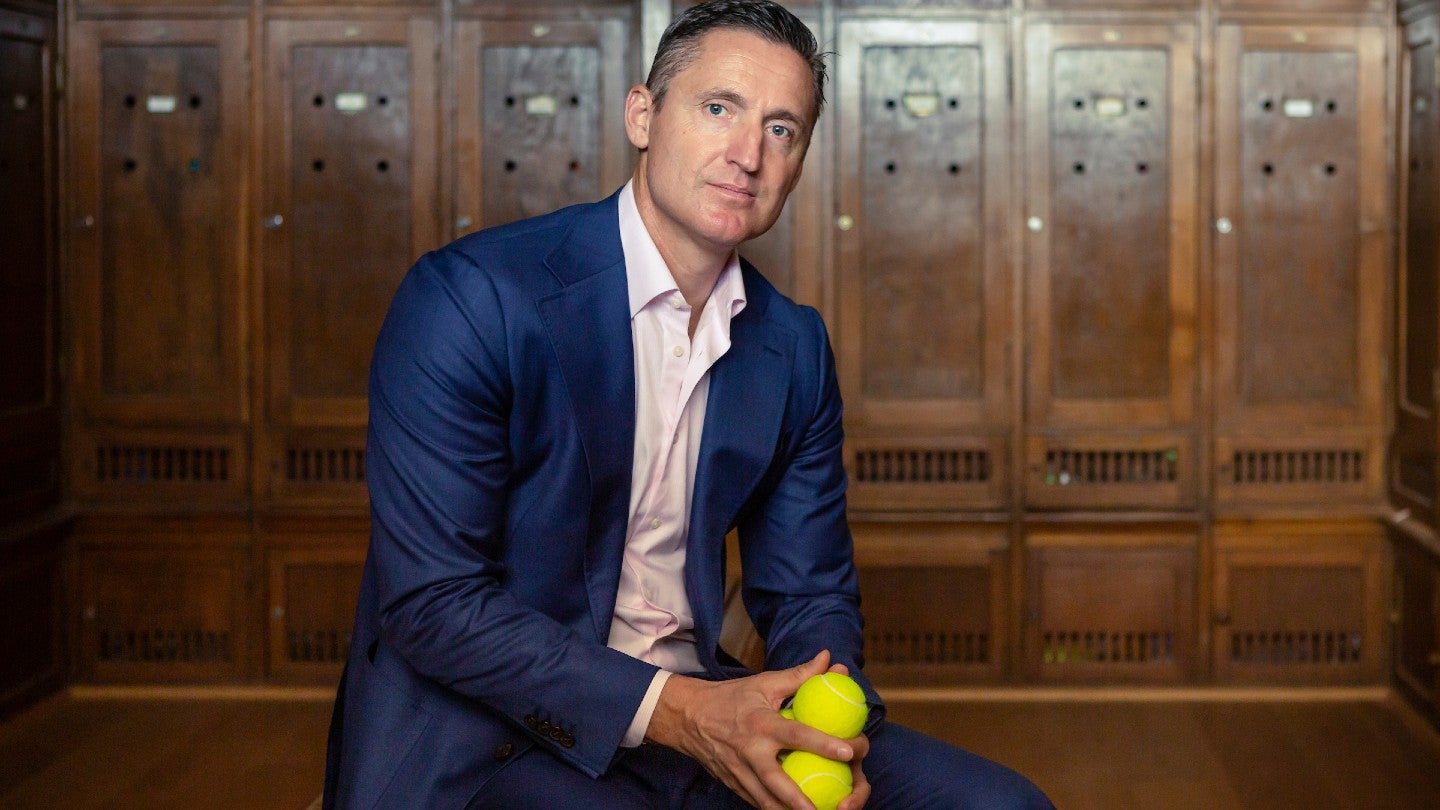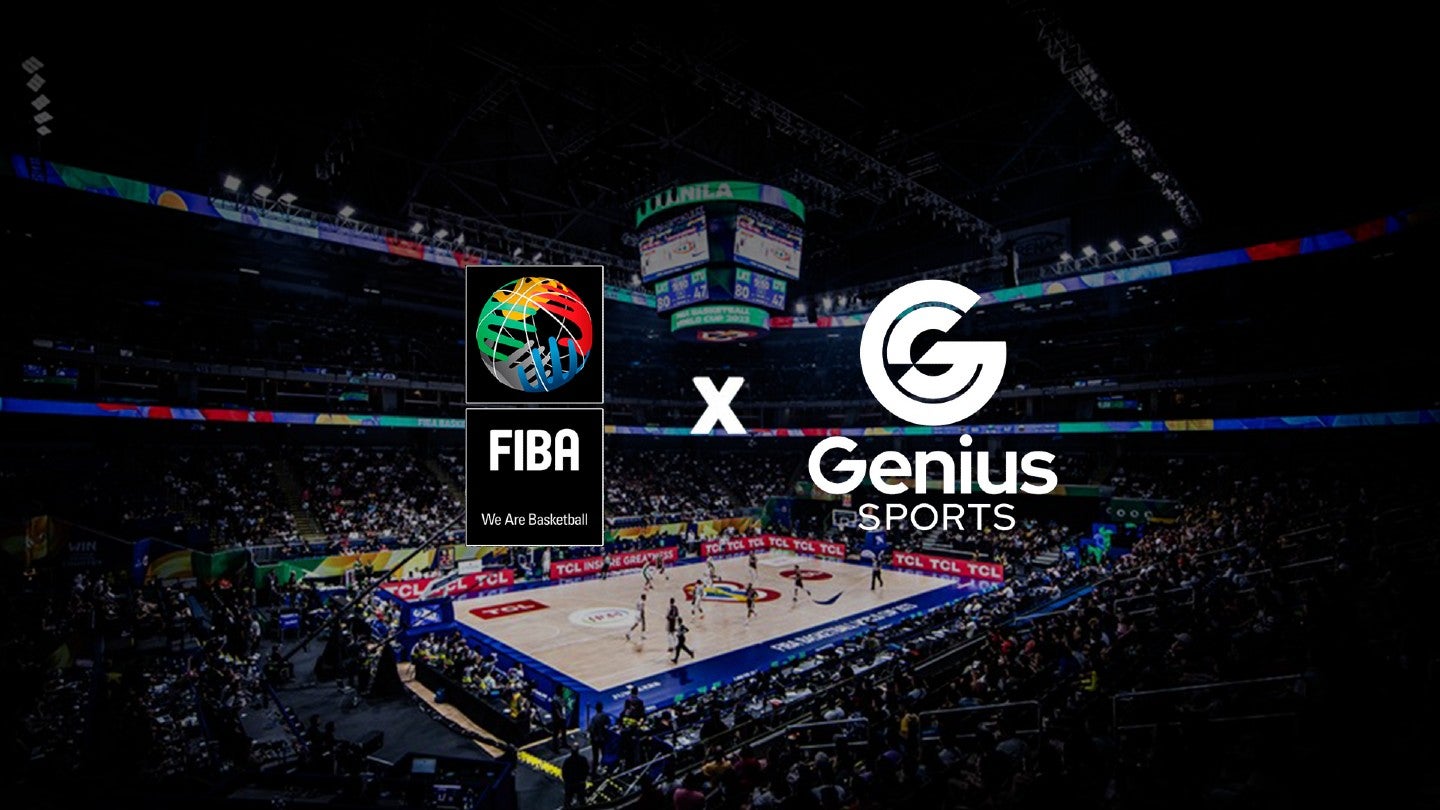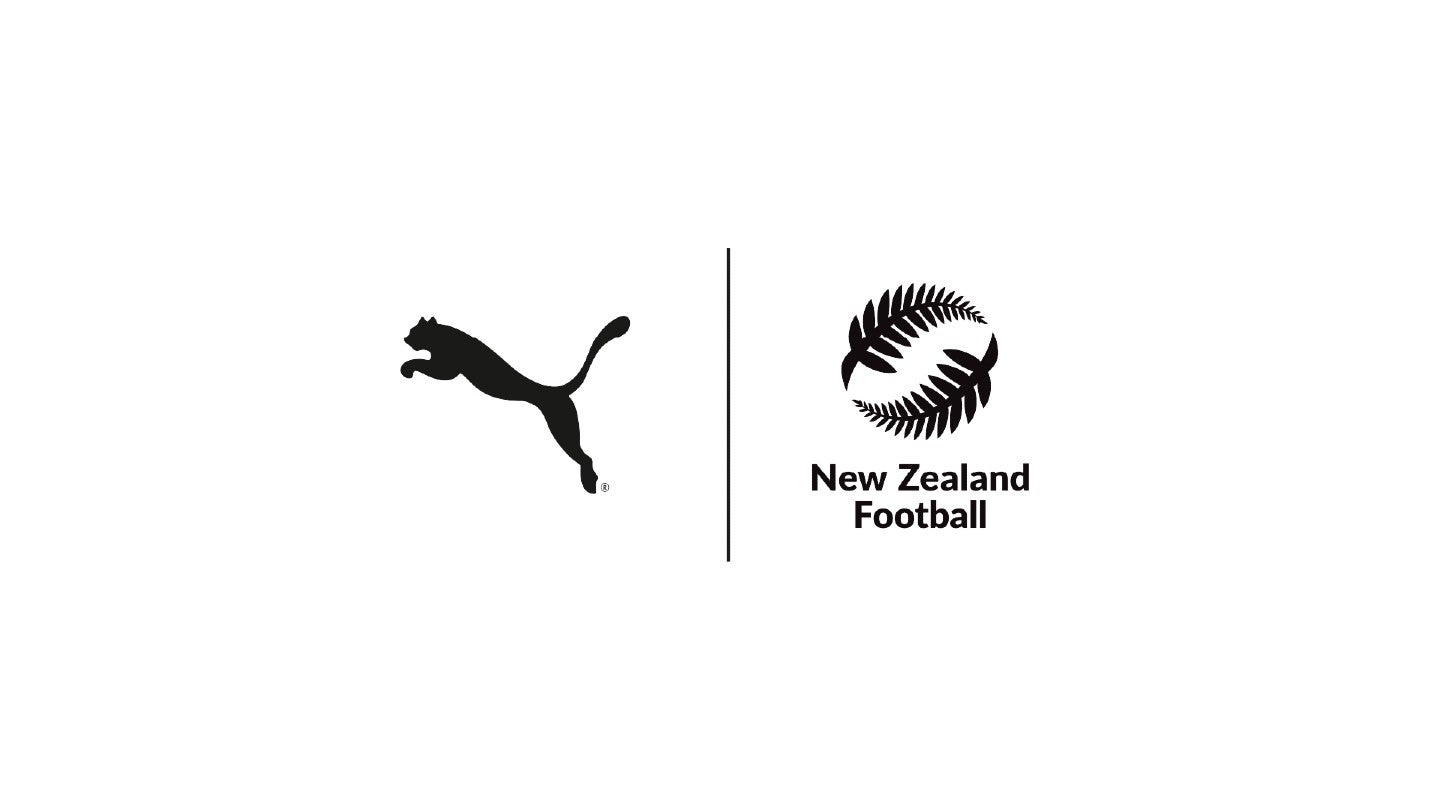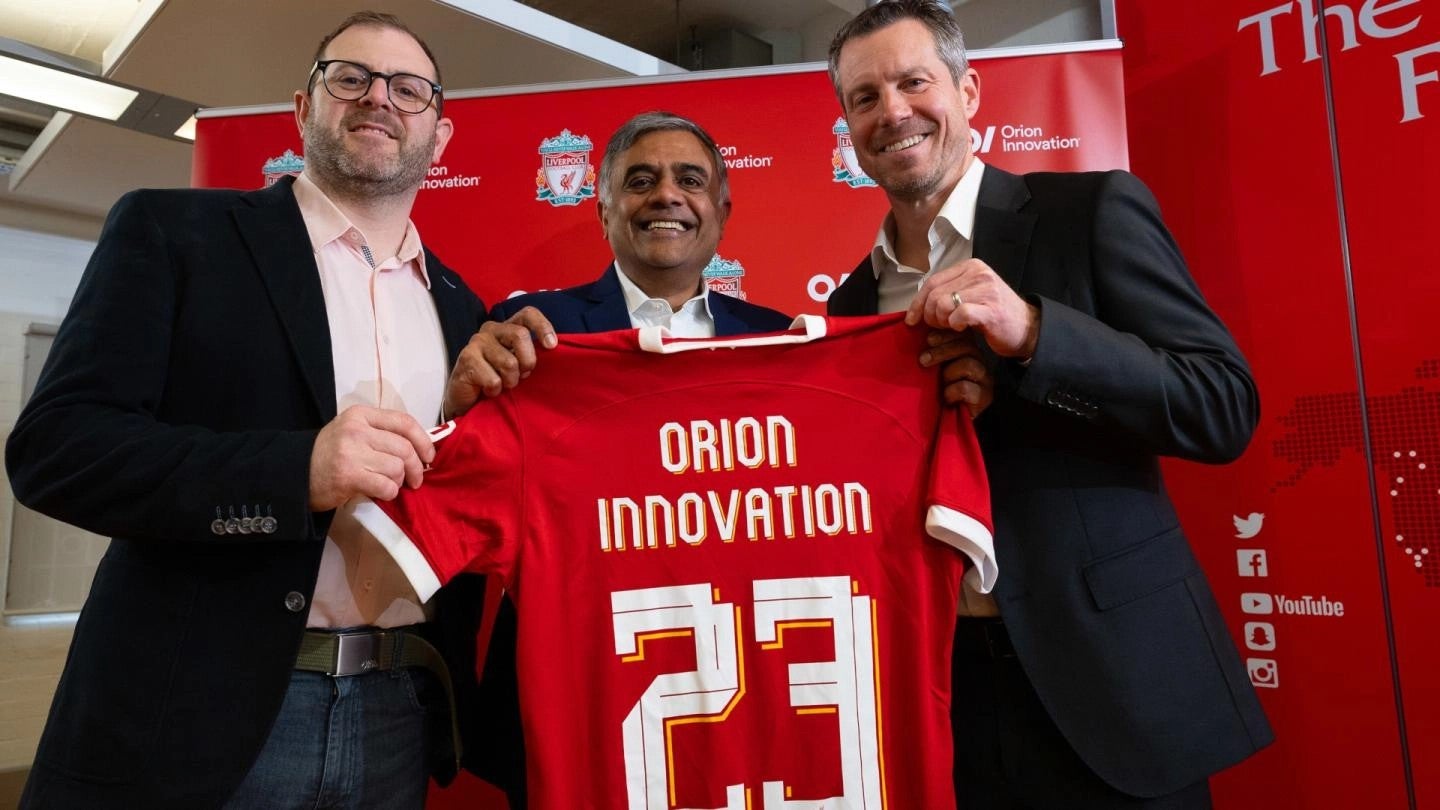Since being elected as ATP chairman in 2020, Andrea Gaudenzi has preached change. As a former professional on the tour, that focus and desire is very much player-focused.
This is where the ATP Tour’s OneVision strategic plan was born.
Through OneVision, players and tournaments have been guaranteed a 50-50 share in profits, while all top-tier ATP Masters 1000 tournaments (the events with the most ranking points) have been expanded to 12 days, up from eight.
The first phase of the long-term plan, which came into effect this year, has already generated the largest single-year increase in player compensation in its history, with a $37.5 million rise from 2022 to 2023 across the ATP Tour and second-tier Challenger Tour.
For the 2022 season, an additional $12.2 million was distributed to the players, raising the total bonus pool to a record $33.5 million for 2023.
This represents an additional 22.8% on top of base prize money at the eight Masters events held last year ($53.6 million). Only the Shanghai tournament didn’t take place in 2022 due to Covid-19 restrictions.
The profit-sharing formula is a central pillar of OneVision and represents players’ share of the profits generated across the Masters last year.
Under the new formula, the nine Masters tournaments undergo three separate financial audits each season, providing full transparency to players on the economics of the tour’s biggest events for the first time.
The aim is clear: align the interests of key stakeholders within the sport.
“Aside from the tournaments having great performance profit and sharing it with the players, what is game-changing is the atmosphere in the boardroom because you see the alignment of the interests,” Gaudenzi tells GlobalData Sport.
“It's a different mindset and this is just the beginning. The initial signs are positive and it's all about a fair share.
“Whether it's going to do great or not depends on the tournaments, but the players now feel that with the visibility, they're getting paid their fair share and this is very important for everything else we do.”
The profit-sharing deal, as well as the plan, will run for 30 years until 2053.
In total, five Masters 1000 events will be expanded to become 12-day tournaments, in line with the BNP Paribas Open in Indian Wells and the Miami Open.
The tournaments in Madrid, Rome, and Shanghai were expanded this year, while events in Canada and Cincinnati will do so from 2025. That leaves only the Monte Carlo and Paris Masters as week-long 1000-level events.
The expansion will see an increase in prize money for the Masters of more than 35% between 2022 and 2025 and an uplift of 2.5% each year at the tournaments.
Another key aspect of OneVision is that media rights for the ATP tournaments will be integrated into the ATP Media broadcast arm, which is owned jointly by the tour and each of the Masters.
All tournaments on the tour will pool their rights and secure their separate share in ATP Media, which has led to the creation of Tennis Data Innovations, an independent entity that will centralize data rights.
“That's been a success story ultimately, because we went to market with the data rights which generated a massive increase in the revenue, almost double the net distribution for the tournaments and the players,” Gaudenzi reveals.
“Most of the [financial] initiatives that we have rolled out, including prize money, is coming from the data money because you need the resources ultimately.
“The fact that we have done things right, by going to market and doing a proper RFP (request for proposals), it also brings in more resources that we can then implement in those type of [financial] initiatives.”
Governance and WTA collaboration
Gaudenzi was also a key player in creating a 'T7 working group' alongside the women’s WTA, the four grand slams, and the International Tennis Federation (ITF), in a bid to streamline the governance of the sport.
OneVision was the brainchild of the Italian during his first term as chairman and he’ll play a key role in implementing phase two of the plan after being re-elected for a second four-year term in June.
A new era of corporate governance and strengthened collaboration between the key players in tennis is next on the agenda.
“Phase one was about getting our house in order and we've done that,” Gaudenzi says. “I'm not saying the house is fully in order, but we've set the foundations for building on this relationship and the structure with the new governance in place, which is working well.
“The second phase is a closer collaboration with the T7, WTA, grand slams, and ITF because ultimately, OneVision is all about trying to get everybody together to take charge and control the storytelling towards the fans.
“It's difficult to write the story if different chapters are written by different people and sold in different bookstores. There is an aspect of governance, product, and the new commercialization but we must all get together because we all belong to the same calendar and are talking to the same fans.”
He continues: “As much as we could try to collaborate, if you have seven independent entities with seven different boards making different decisions, it’s going to be very difficult to create a seamless experience and enhance the fan experience.
“We're now starting to discuss Tennis Ventures, which is the merging of Tennis Data Innovations, ATP media, the commercial assets of the ATP Tour, and [the WTA’s new commercial arm] WTA Ventures. That is what we are discussing and working on, and we're fully committed to that with the WTA and our three commercial entities.”
In 2021, the ATP and WTA appeared to move a step closer to a potential merger after combining their marketing operations.
The tours officially transitioned to an integrated marketing operation in January 2021, building on what the respective organizations called an “unprecedented collaboration.”
Calls for the ATP and WTA to merge intensified in 2020 as the Covid-19 pandemic severely impacted the sport, both in terms of its calendar and finances.
Talk of a merger has softened recently, particularly after the WTA announced a commercial tie-up with private equity firm CVC Capital Partners.
Is a merger still on the cards?
“I'm a big believer in the 80-20 rule - start from doing the 20% that delivers 80% of the value and with a very fan-centric approach,” Gaudenzi states.
“Starting from the commercial entity makes a lot of sense and will deliver the most value to the fans because, ultimately, this is the front and where we can fix all the pain points and the entry barrier for the fans.
“Whether we then follow up with the governance of the sporting co, the ATP Tour and WTA Tour, to manage the product, it could be a natural follow-up step. My wish is that we do that jointly with the slams. If we do have a governance and product, the idea is also to bring the slams on board because it's a natural one.
“They're the biggest four events, the pinnacle of our sport. I hope the grand slams are also starting to work a lot closer together. So if we do Tennis Ventures, it’s much easier to do a deal between two parties than six or seven.
Investment
After a challenging period during Covid, the ATP has returned to a healthy financial position. The tour’s revenues have recovered since falling to a low of $93 million in 2020. The body’s gross income totaled $250 million in 2022, up from $176 million the previous year. In 2019, the figure had reached $159 million.
For 2023, the tour increased player prize money and bonus pools to $218 million, up from $180 million last year.
Despite this, the ATP is exploring potential investments to grow the sport.
Could it follow the WTA and go down the private equity route?
“Whether we do a private equity deal or not, I honestly don't have the answer,” Gaudenzi says. “We don't need cash now, our business is very healthy.
“If we do raise capital it has to be with a clear plan for investment in growth. It cannot just raise capital for dilution and distribute it down to the members. It must be with a plan of growth and a very strong plan and business case.
“The goal now and the main priority is to merge the assets. Whether we use capital or not is to be determined, but it’s a secondary discussion now.”
Gaudenzi has confirmed that he recently held talks with Saudi Arabia’s sovereign wealth Public Investment Fund about possible co-investments into the tour’s infrastructure, technology, and events (in new markets).
But those discussions are not exclusive to the Saudis.
“I'm speaking on a weekly and monthly basis with different partners and funds, be it wealth funds or private equity,” Gaudenzi reveals.
“Smart people who have capital and want to invest in the sport are always great because they come up with great ideas and sometimes to do very ambitious projects you need capital.
“The Saudis particularly are also interested in events in their kingdom. We are discussing with them as much as others but the main complexity around that is the calendar.”
Saudi has succeeded in initially getting its foot through the door with the ATP after Jeddah was selected as the host city of the Next Gen ATP Finals event between 2023 and 2027.
This made it the first official professional tennis event to take place in Saudi Arabia, and as such, the kingdom's first expansion into the sport, after having gradually increased its presence in multiple other sports such as soccer and boxing in recent years.
The ATP Tour has had a presence in the Middle East for more than 30 years, with events in Qatar and the United Arab Emirates.
Saudi is making a concerted effort to become a major player in the sports scene and most notably shook up the golfing world by creating the breakaway LIV Golf circuit, poaching many of the world’s best players from the PGA Tour.
Following a bitter dispute for several years, which spilled into the courts, LIV and the PGA Tour announced a shock merger earlier this year. It was the biggest indication that golf’s most established tour conceded and admitted defeat in its battle with the controversial Saudi-backed circuit and its riches. As the saying goes, if you can’t beat them, join them.
As an individual sport, many have wondered if tennis could be a future target for the Saudis. Gaudenzi isn’t worried by this prospect, however.
“Many people do have that concern, but I’m confident,” he says. “Tennis is heavy on infrastructure, it’s very expensive. You don’t only need a big stadium, you need two or three and 25 courts. Look at Indian walls, the grand slams, and our tournaments.
“You usually can't use them for anything else other than the tournament, so a couple of weeks a year. It's different from golf where you can move around.
“Anybody with that strategy would potentially damage the sport. It would damage the players with them as a stakeholder and the fan ultimately, so I don't see a point in going that route.
“Whether somebody will try or not, I can't say but we are going to focus on what we can control and doing the best we can and growing our tournaments as much as we can as well as having an open conversation with all parties because we welcome ideas and potentially new investors and capital.”
Digital transformation and goals
To reach a wider audience, tennis joined the wave of sports launching behind-the-scenes docuseries last year with the release of Break Point on Netflix.
Season one was top 10 in 28 countries, and has led to the series being renewed for a second season.
Engaging with fans beyond the live product has become key for many sports and Gaudenzi believes tennis has an opportunity to exploit in the digital space.
“There will be a completely new model in terms of media distribution, and we need to invest a lot more in non-live content,” he outlines. “Tennis is well positioned with a good men’s and women’s product because the storytelling is a lot better in my opinion.
“Also, you have a target audience that could be skewed towards females, which is also not only socially correct but has a commercial appeal.
“Non-live content and storytelling to support the value of the live rights is going to be very important. It's something that we're going to continue to focus on.”
The ATP is currently in the process of securing broadcast deals from 2024 onwards and recently announced agreements with the likes of TV2 (Norway), Cosmote (Greece), and Sky (UK and Ireland), while a renewed deal with Warner Bros. Discovery is understood to be close in France.
Despite the digital revolution in sports, the top men’s tour is still committed to maintaining a linear presence in key markets. In territories without a broadcast deal, the ATP Tour is available on its Tennis TV streaming service.
Although the ATP is yet to go all in on streaming, it knows where the future is heading and is preparing to navigate that change.
“The general challenge that we will face in the next 10 to 15 years as a sport, not only us but everyone, is the disruption in the new media model in terms of shifting from linear to digital, that's going to be a challenge for every sports property,” Gaudenzi states.
“We can tackle the challenge if we are together a lot better because then we’ll have all the tools in the toolbox. But it's going to be more difficult in the next 10 to 15 years to figure out the right media mix.
“We must have a more direct relationship with the fans in the future and own that storytelling directly and gather more data to understand what they want and need. The problem we have is that it’s going to be a very complex exercise, which I don't think any sports property, especially the global ones, have fully figured out.
“But I'm 100% convinced that unless we are all together with all the rights in one box, and with all the tools in the toolbox, it will be more difficult to manage that transition and a lot more challenging.”














